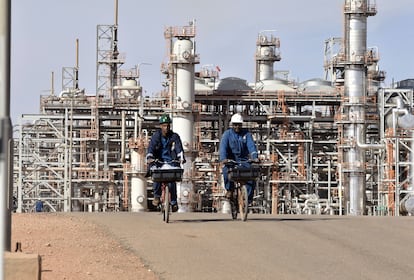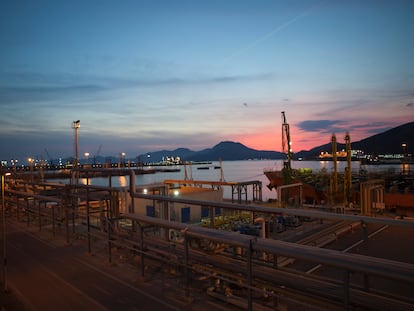Raw materials: volatility and conflicting trends

Text in which the author advocates ideas and draws conclusions based on his or her interpretation of facts and data

Commodity markets, like other financial markets, have experienced unusually high volatility in the last month, primarily due to the trade policy announcements of the new US administration led by Donald Trump. As a result, for example, the price of oil fell by nearly 15% in just a few days, from levels around $75 a barrel of Brent to $65 (with wide fluctuations). However, in contrast, gold appreciated by nearly 8% in the last month, and some agricultural products reported similar gains (the price of coffee appreciated by 8% and corn futures rose by 6%).
This behavior is closely related to potential disruptions to global trade, with economic repercussions for most countries around the world. This, in principle, means lower levels of trade, production, and, consequently, demand for raw materials. However, there is also some underlying factor in the relocation of agricultural plants that could cause upward pressure on prices, as well as increased demand for other plants that act as safe havens. This volatile scenario will lead to a widespread revision of projections not only for activity but also for raw material prices, although with differences depending on their nature.
Among those that have had the greatest impact are the energy sectors, led by oil and gas. In the former, the new, more complex scenario is compounded by OPEC+'s decision to accelerate the normalization of its production, progress toward possible negotiations between Russia and Ukraine, and the recent, though still incipient, rapprochement between the United States and Iran. All of these presuppose a potential increased oil supply.
On a more structural front, there are strong conflicting trends that make it difficult to formulate a long-term scenario for raw materials. On the one hand, increased demand for these products is expected to meet the needs of new technologies, including those required to fuel developments in artificial intelligence. On the other hand, there is the policy of unrestricted expansion of raw material production in the United States and its shift away from the objectives of containing the advance of climate change. Ultimately, in the short term, we are headed toward a scenario of low prices for productive or industrial purposes. However, if we extend the analysis of commodities to a longer period, it does not appear that we are rowing in a coordinated manner toward a structural solution to the needs of the energy transition, which is likely to maintain relatively high prices for raw materials such as gas, oil, and metals.
Alejandro Reyes González, BBVA Research.
Do you want to add another user to your subscription?
If you continue reading on this device, it will not be possible to read it on the other device.
ArrowIf you want to share your account, upgrade to Premium, so you can add another user. Each user will log in with their own email address, allowing you to personalize your experience with EL PAÍS.
Do you have a business subscription? Click here to purchase more accounts.
If you don't know who's using your account, we recommend changing your password here.
If you decide to continue sharing your account, this message will be displayed indefinitely on your device and the device of the other person using your account, affecting your reading experience. You can view the terms and conditions of the digital subscription here.

EL PAÍS






